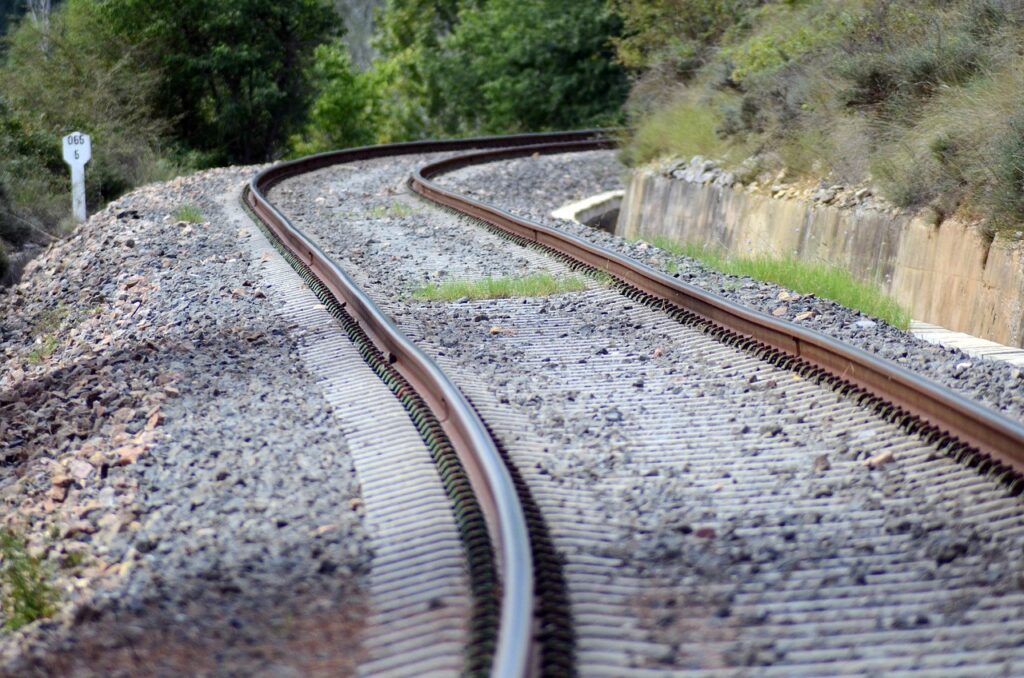The collaboration between Hexagon and Stadler continues to gain traction as the two companies push forward their hydrogen train rollout.
Leveraging Hexagon’s expertise in composite pressure tank technology and Stadler’s track record in railway transport, the partnership aims to contribute significantly to reducing carbon emissions in the transportation sector. The companies have set ambitious targets, with plans to deploy several hydrogen-powered trains across Europe, a continent where green initiatives are increasingly imperative.
As Europe aims to meet its climate goals, hydrogen trains represent a promising solution. According to the European Environment Agency, the transportation sector was responsible for nearly 30% of total CO2 emissions in the European Union in 2020. The need for cleaner transport solutions is critical, and hydrogen trains could play a pivotal role. Stadler’s move to collaborate with Hexagon for the rollout of hydrogen-powered trains aligns well with the European Union’s 2030 climate and energy framework, which targets 40% cuts in greenhouse gas emissions compared to 1990 levels.
Hexagon’s advanced composite technology is instrumental in this venture. The use of high-strength, lightweight composite materials for hydrogen storage is a cornerstone of Hexagon’s proposition. These materials address the principal challenge of hydrogen use: safe, reliable storage. Unlike conventional fuel options, hydrogen requires carefully engineered solutions to prevent leakage and ensure performance integrity over time. Hexagon’s tanks are designed to withstand high pressures, providing a safe means to store and deploy hydrogen as fuel.
Investment in both R&D and infrastructure will be essential to overcoming these barriers. The European Union is poised to support this transition with funding for projects aimed at enhancing hydrogen infrastructure, as well as regulatory frameworks that encourage innovation in clean transport technologies. Already, billions have been earmarked for similar initiatives under the EU’s Green Deal, which seeks to make Europe the first climate-neutral continent by 2050. Stakeholders are urged to maximize these opportunities to drive the hydrogen economy forward.
Stay updated on the latest in energy! Follow us on LinkedIn, Facebook, and X for real-time news and insights. Don’t miss out on exclusive interviews and webinars—subscribe to our YouTube channel today! Join our community and be part of the conversation shaping the future of energy.
